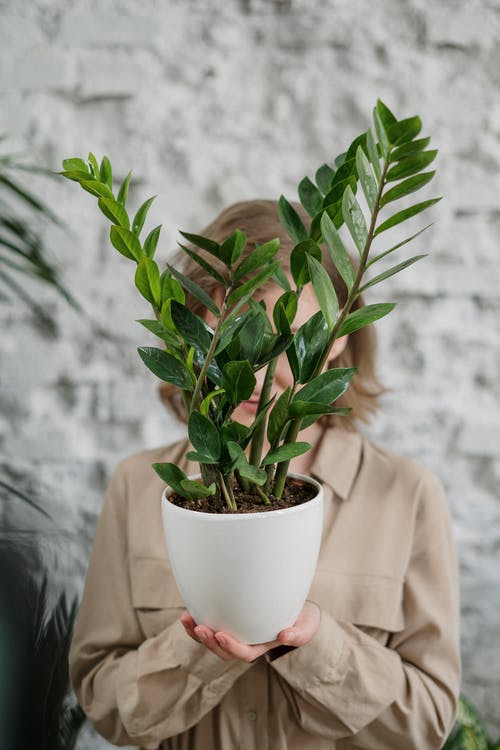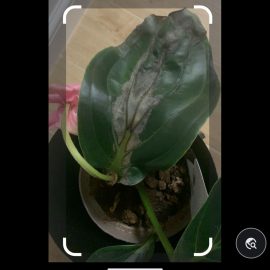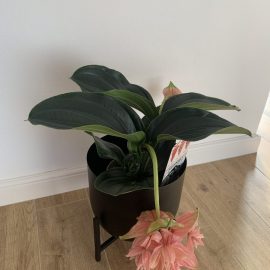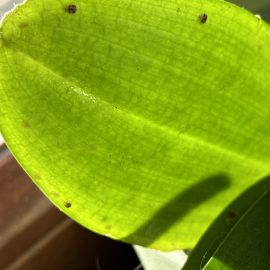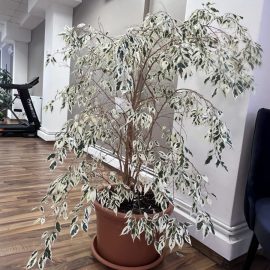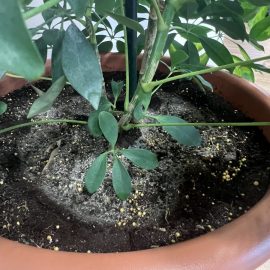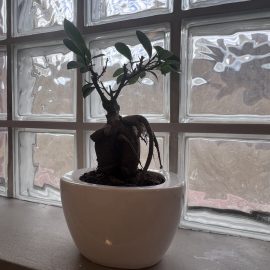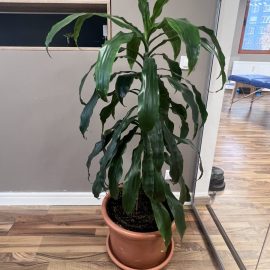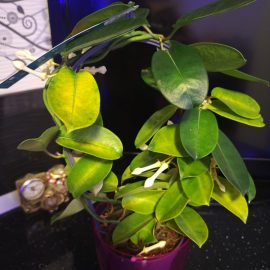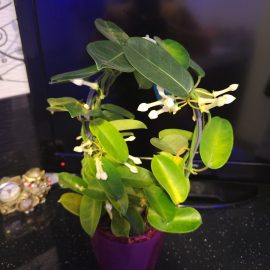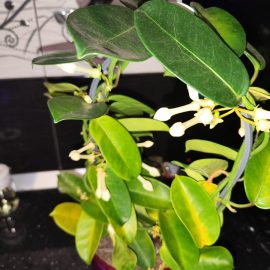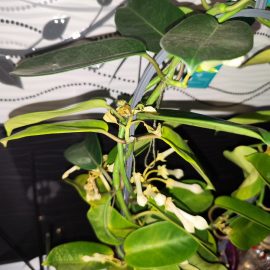Acclimatisation of indoor plants
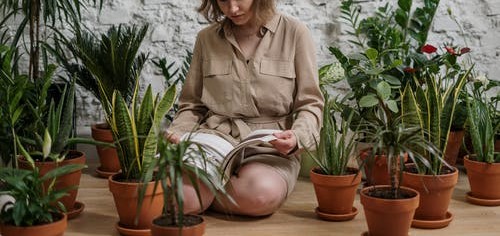
Plants, depending on the species and variety, are more or less sensitive to the changing environmental conditions. When purchasing them, as well as when moving them outdoors in the summer and back inside at the end of the warm season, we inevitably expose them to changes in the environmental conditions. Air temperature, light intensity, direct exposure to sunlight, air humidity and other conditions differ depending on the location. It is essential that moving the plants from one place to another be done with great caution and with a minimum of stress caused to the plant. Thus, the plant needs to be acclimated, gradually becoming adapted to the new lighting and temperature conditions. Otherwise, various problems can be encountered, such as falling leaves, flowers, fruits, stagnation, sunburn, etc.
The organs involved in the process of photosynthesis are adapted to the existing environmental conditions, and in the case of moving the plants, they require time to adjust. For example, in shade or partial shade conditions, the plant intensely “processes” the light it has, by intensifying the process of photosynthesis. Once adapted to these conditions, the plant proceeds similarly in case of sudden exposure to sunlight, which causes sunburn.
The acclimatisation process is required in three situations: in case of moving the plants outdoors, in case of moving the plants indoors, respectively in case of acquiring new plants.
1. Moving plants from indoors to outdoors
Some plant species are suitable for growing indoors, but during the warm season, they find very good environmental conditions outside. Thus, they can benefit from direct sunlight, from the wind breeze during the heat wave, as well as from the refreshing raindrops without lime and various salts.
The move needs to take place in spring, when there is no risk of temperatures below a certain threshold tolerated by the species in question. As a rule, temperatures should not drop below 10 °C.
In terms of light and direct sunlight, the location of the plant in winter must be taken into account, as well as the requirements of each plant species. For example, after the acclimatisation process, light-loving plants will be placed in sunny places, while plants that prefer partial shade will be placed in partially shaded places, with eastern or western exposure.
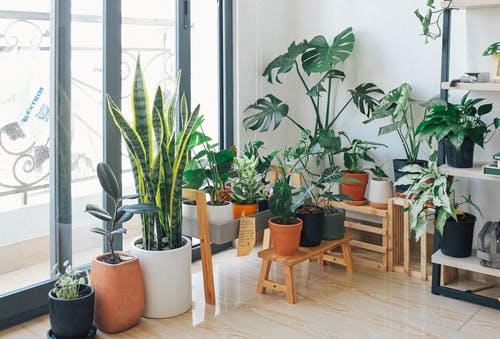
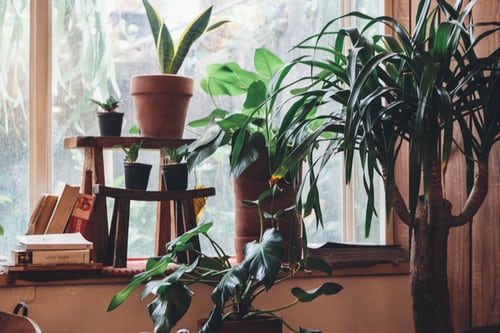
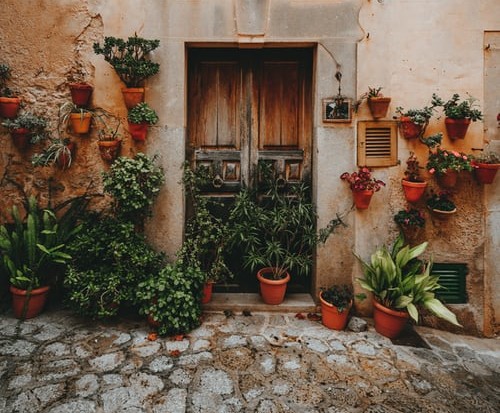
Acclimatisation methods
Regardless of the species’ preference in terms of light, the acclimatisation process involves gradual exposure to strong light or direct sunlight. There are several acclimatisation methods applied, such as:
- The first day involves exposing the plant to stronger light for approx. an hour and moving it back to its original place. The following days, for 1-2 weeks, the time spent by the plant in direct light is extended daily by about an hour;
- In the first 4 days of acclimatisation, the plant is exposed to stronger light for two hours a day. In the following days, the time spent daily in the light or in the sun doubles: four hours a day. The next 4 days, the plant is left in the new conditions for 6 hours a day, and in the last 4 days, the time is extended to 8 hours a day. Thus, this acclimatisation process involves approx. 16 days, after which the plant can be exposed to the natural outdoor conditions.
It is recommended to gradually increase the light intensity in which we expose the plant during the acclimatisation process. Thus, in the first days, the plant is exposed in brighter conditions than in the original place, but not in full sunlight. Until the end of the acclimatisation process, the plant must benefit from light exposure that is similar to that found outdoors.
If the first signs of sunburn are observed, even after the acclimatisation process, the plant must be moved to a partially shaded place in the hours with very high temperatures and, thus, the acclimatisation process is continued.
The foliar application of specific fertilizers helps the plant to overcome faster the stress caused by the change of location.
Recommended products
-
You can find products on a different store
Change Store -
You can find products on a different store
Change Store -
You can find products on a different store
Change Store -
You can find products on a different store
Change Store -
You can find products on a different store
Change Store -
You can find products on a different store
Change Store -
You can find products on a different store
Change Store -
You can find products on a different store
Change Store -
You can find products on a different store
Change Store -
You can find products on a different store
Change Store -
You can find products on a different store
Change Store -
You can find products on a different store
Change Store -
You can find products on a different store
Change Store -
You can find products on a different store
Change Store -
You can find products on a different store
Change Store -
You can find products on a different store
Change Store -
You can find products on a different store
Change Store -
You can find products on a different store
Change Store -
You can find products on a different store
Change Store -
You can find products on a different store
Change Store -
You can find products on a different store
Change Store -
You can find products on a different store
Change Store -
You can find products on a different store
Change Store -
You can find products on a different store
Change Store
Greater caution must be paid to the amount of water administered after moving the plants outside, because, due to higher temperatures and drafts, the substrate will dry faster and the plant will need more water.
2. Moving plants from outdoors to indoors
In autumn, once the temperatures start to drop, the minimums are monitored during the night. Before the temperature drops below the tolerated limits of the plants in question, they need to be moved inside. Usually, the threshold considered for most indoor plants is 10 °C.
The acclimatisation process is similar to the one described in the case of moving the plants outdoors, but it is done the other way around: the plant is placed in a place with more shade to adapt to the new light conditions and to the lower temperatures, for 1-2 weeks. It no longer needs to be moved daily, but it still needs to benefit from light. At the same time, watering is gradually reduced. When temperatures reach values of approx. 10 °C, the plant is moved inside.
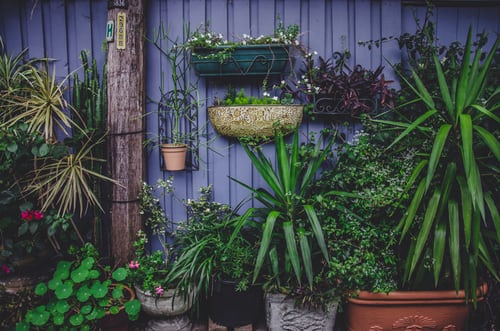
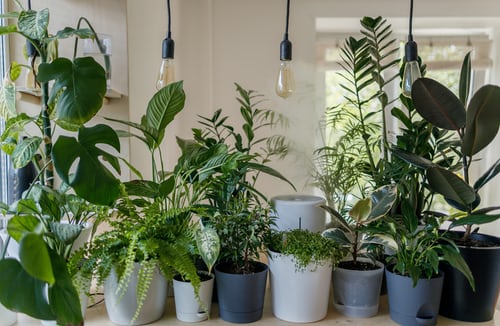
3. Acquiring new plants
When purchasing new plants, in addition to the recommended acclimatization process, special caution has to be paid to the following aspects:
- Place of purchase: it is recommended to buy indoor plants from specialized stores. The shops set up outdoors, in the open air are less recommended in the case of these plants;
- Choosing the plant: it must be vigorous, compact, proportionate and must not have withered, yellowed leaves, or damages caused by diseases or pests.
- Transporting plant: it is recommended to wrap it in a paper or plastic sheet, in order to reduce the effect of outside temperatures. As soon as the plant is brought to the desired place, the packaging is removed.
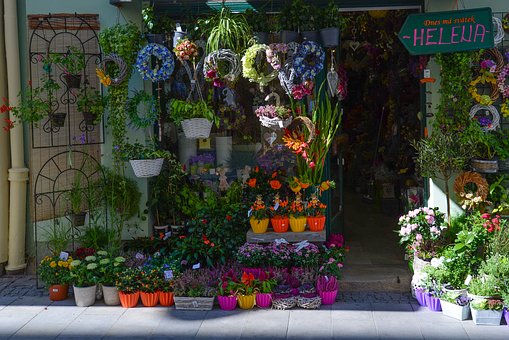
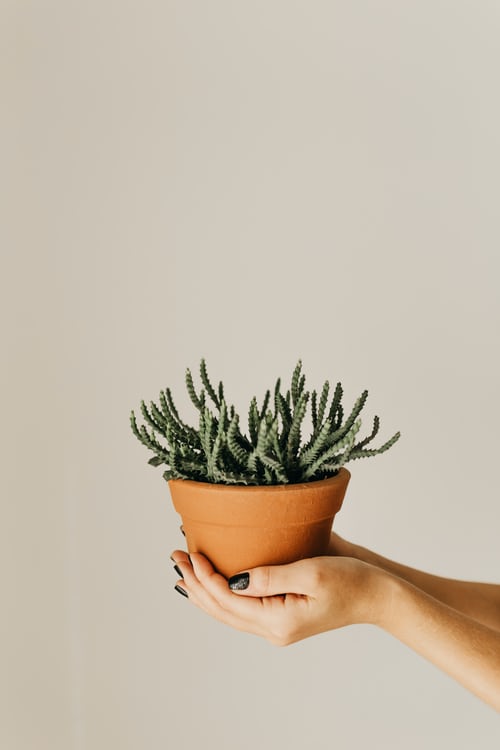
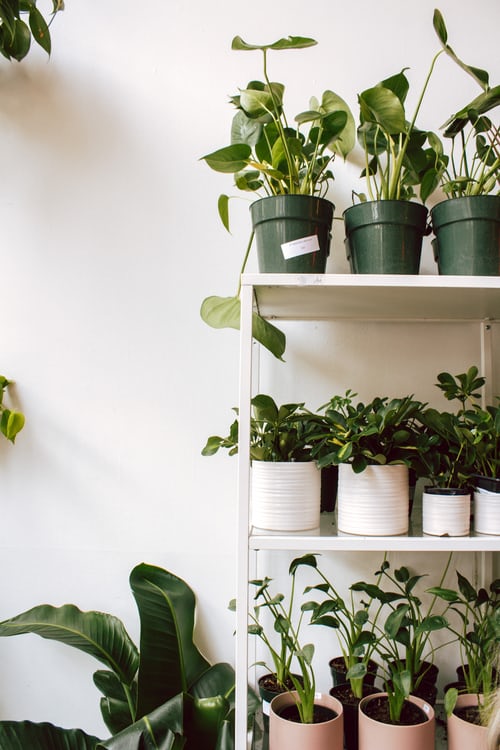
Usually, in the store, the plants are kept in cold rooms, thus lasting longer. Once transported to a home, it is not recommended to place the plants directly in a room with high temperatures. Acclimatisation is achieved by placing the plants in colder, well-ventilated rooms, respectively in partially shaded places. In the absence of a room with lower temperatures, it is recommended to place the plant in the window, leaving it ajar or open for a few hours a day.














































































































































































































































































































































































































































